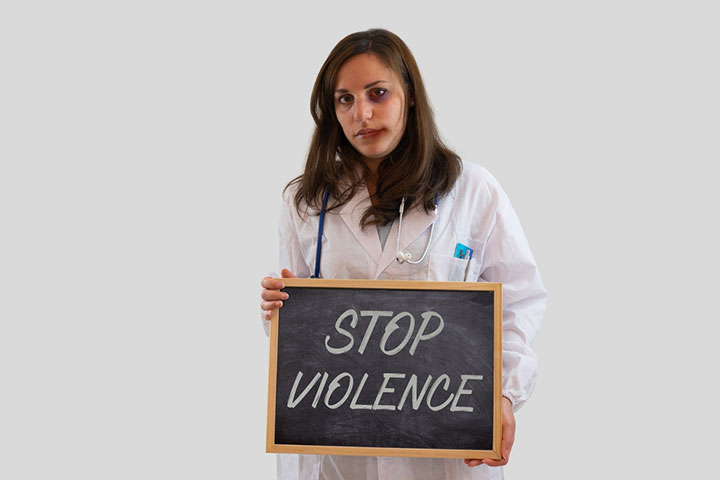This article is sponsored content supplied to American Nurse Journal by Crisis Prevention Institute, Milwaukee, WI, and is not peer reviewed.
Engaging healthcare systems to prevent workplace violence.
AlGene Caraulia has seen a revolution in approaches to workplace violence over the past 20 years.
“The idea of healthcare workers being assaulted by a patient is just not okay anymore,” said Caraulia, vice president of integration and sustainability at Crisis Prevention Institute (CPI) in Milwaukee. “For a long time, the conventional wisdom was that [workers] needed to ‘grow a thick skin.’ That’s not the case anymore.”
CPI includes 38,000 certified instructors, each of whom work to equip hospital staff with the skills to recognize the initial signs of behavioral stress and de-escalate tense situations—all in the name of reducing workplace violence.
“At CPI, we’re dedicated to changing behaviors and reducing conflict through the emphasis of four main tenets: Care, Welfare, Safety and Security™,” said Caraulia.
He has an unyielding belief in the power of empathy, compassion, and the creation of meaningful connections.
“It’s a compilation of what’s necessary to create the best possible outcomes for those in care, as well as staff members,” said Caraulia. “Healthcare professionals have a genuine desire to help and care for people, so our approaches and skills must encompass those ideas.”
As healthcare organizations have discovered the need for specialized training, they have struggled in three main areas:
- Training: Deciding who should receive training, choosing the type of training required, and knowing what the appropriate skills look like.
- Implementation: Developing a strategy that minimizes time spent off the floor while maximizing return on investment and working toward long- and short-term goals.
- Resources: Allocating time, personnel, facilities, and capital in the face of competing initiatives.
CPI responds by offering targeted, competency-based learning through a combination of high-quality online material and in-person training in a classroom environment. Acknowledgement of the differing necessities for each job profile (a nurse in the intensive care unit has a different risk profile than a nurse in the post-anesthesia care unit) allows certified CPI instructors to address each professional’s expectations. This benefits both the instructor and learner—the instructor can confirm competency while the professional learns and corrects mistakes in a safe environment, rather than “throwing them in the deep end,” Caraulia said.
“Prevention starts with awareness. When we look back on an event, we often can identify a moment marking the early stages of crisis,” explained Caraulia. “We then realize, ‘This is when I could have addressed the behavior.’ That’s critical. Awareness goes beyond recognizing changes in the individual, it’s also recognizing how the professional impacts the person in crisis.”
Among the 18,000 organizations worldwide that utilize CPI’s services, healthcare organizations in particular serve as subjects for several case studies demonstrating the effectiveness of the approach. Healthcare organizations recognize the need for these de-escalation services, and given the rising cost of nurse replacement, quickly recognize the bottom-line implications.
“The impact has been fascinating,” Caraulia concluded. “Professionals gain confidence from this training, which has direct impact on reducing both crisis and the [resulting] workman’s comp claims. The average cost to replace a nurse is around $82,000—and we’re reducing that turnover.”
Asked to quickly condense his philosophy on crisis de-escalation, Caraulia didn’t hesitate.
“Take a breath,” he said. “Don’t rush in but assess. Ask what is this person trying to communicate? That’s our greatest opportunity—recognizing these elements and acknowledging rather than reacting.”
To learn more about CPI and download the free “Top 10 De-Escalation Tips for Health Care Professionals,” visit www.crisisprevention.com/tips.

















